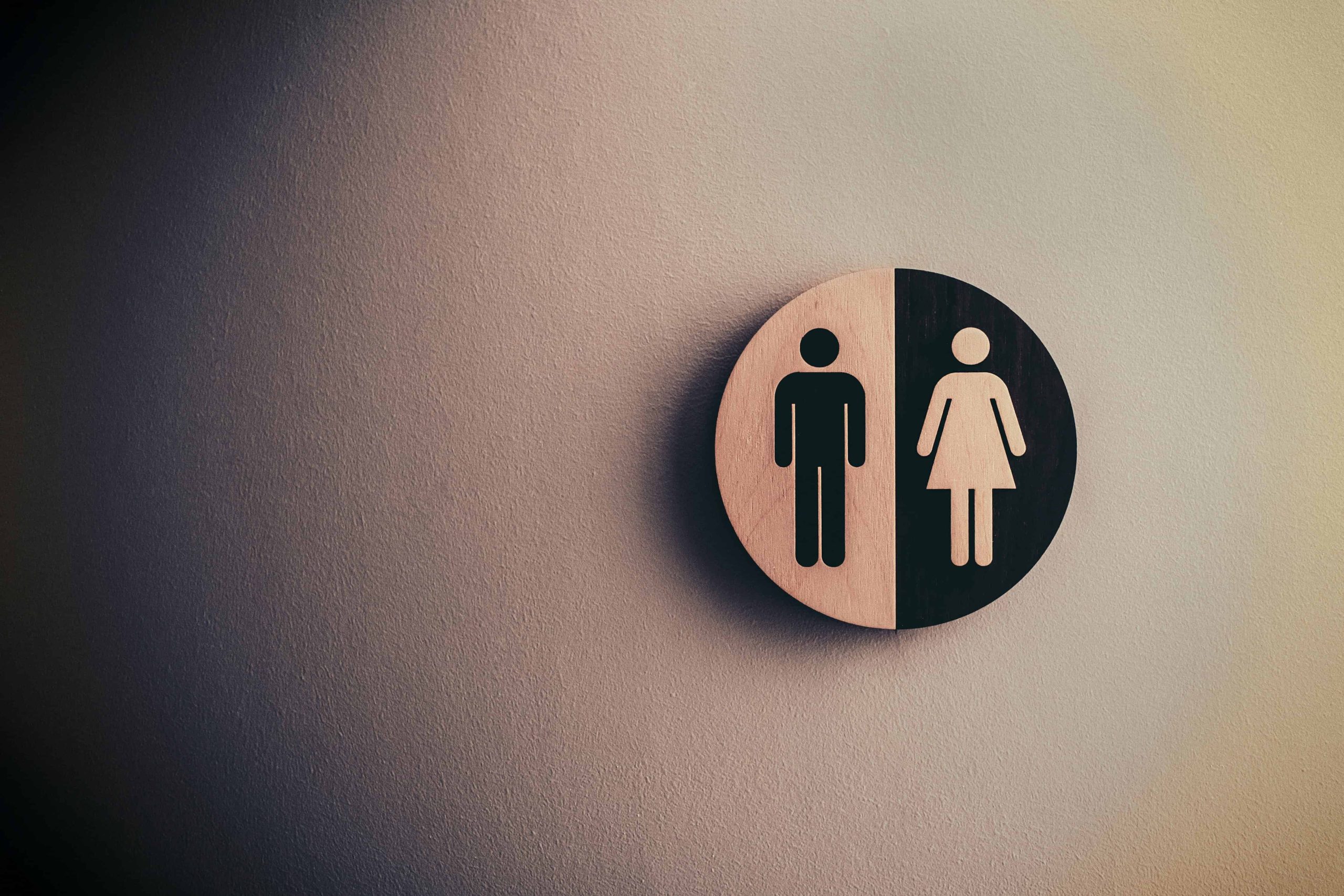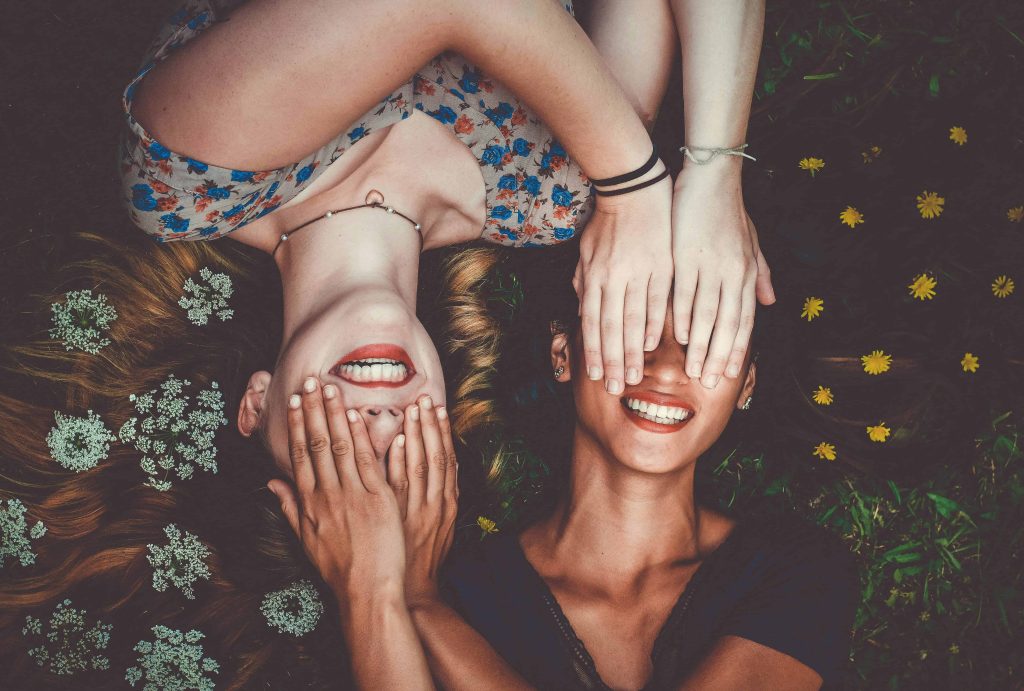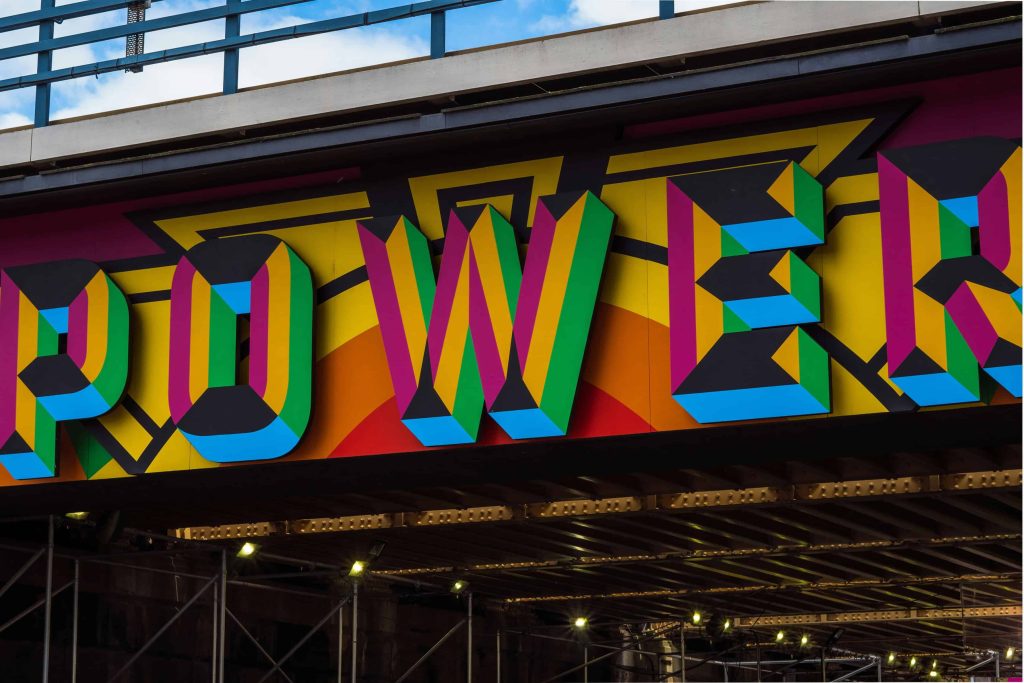
07 Oct Breaking Barriers: Gender Equality in Literature in 2024
Gender Equality in Literature
Historically, literature has been a mirror to societal structures, values, and power dynamics. Unfortunately, like many aspects of society, it has also been a reflection of systemic gender inequality. For centuries, the literary canon—those works deemed worthy of study and preservation—has predominantly been shaped by male authors, often sidelining the voices, stories, and experiences of women. From ancient epics to modern classics, patriarchal structures have heavily influenced the narratives we consider culturally significant.
Gender equality in literature is not just a matter of fairness; it is a crucial factor for comprehensive representation, a deeper societal understanding, and the overall health of the publishing industry. A balanced literary landscape ensures that all voices—regardless of gender—are given equal opportunity to shape culture and discourse.

Gender Inequality in Literature
Historical Perspectives
The history of literature reveals an overwhelming dominance of male perspectives. From the male-centric epics of Homer and Virgil to the male-authored novels of the 19th century, the stories that have shaped the world’s cultural heritage have been predominantly those written by men, for men.
Patriarchy and Its Influence on Literary Canon
The patriarchal nature of historical societies meant that access to education and the arts was often restricted for women, limiting their opportunities to write and publish. Even those women who managed to break through—such as Mary Shelley, Emily Brontë, and Jane Austen—were frequently met with societal scorn or forced to publish under male pseudonyms. Their contributions were often downplayed or ignored during their lifetimes.
Stereotypes and Limited Portrayals of Women
The portrayal of women in literature has also been shaped by male authors who, whether consciously or unconsciously, reinforced traditional gender roles. Women were often relegated to secondary characters, defined by their relationship to men—mothers, wives, lovers, or muses. These portrayals reinforced societal stereotypes, limiting the scope of female characters to passive, nurturing, or overly emotional roles.
Contemporary Challenges
While significant progress has been made, gender inequality remains a challenge in the literary world. Today, women writers and female characters still face systemic barriers.
Underrepresentation of Women Authors and Characters
Despite the rise in female authors, studies show that books written by women are still underrepresented, particularly in genres like science fiction, fantasy, and literary fiction. Female characters, when present, are often pigeonholed into specific, limited archetypes, rarely given the same level of complexity as their male counterparts.
Gender Bias in Reviews and Awards
Gender bias also infiltrates literary criticism and recognition. Male authors are often more likely to receive prestigious awards, and their works are more frequently reviewed in major publications. Women’s work, particularly in certain genres, tends to be dismissed or trivialized.
Publishing Industry Practices That Perpetuate Inequality
The publishing industry itself is not immune to perpetuating these inequalities. From acquisition decisions to marketing budgets, male authors—especially white men—are often favored over women, particularly women of color. These practices further exacerbate the gender gap in literature.

Exploring Equality Within the Publishing Industry
To achieve true gender equality in literature, systemic changes must be made at every level of the publishing industry.
Key Areas to Address
Acquisition and Editorial Processes
Bias in acquisition—whether implicit or explicit—plays a significant role in perpetuating gender inequality. Editorial boards that lack diversity may unconsciously prioritize male-authored works or stories that reflect male perspectives. Diversifying these teams is crucial for ensuring a more balanced literary landscape.
Marketing and Promotion
Books by male authors typically receive more marketing and promotional resources, leading to greater visibility and sales. Publishers need to ensure that female authors receive equal marketing efforts, giving their works the same chances to succeed.
Awards and Recognition
The dominance of male authors in prestigious literary awards perpetuates the notion that men are inherently better writers. Award committees should reflect diversity, and there should be a conscious effort to recognize works by women, especially in underrepresented genres.
Diversity and Inclusion Initiatives
Many publishing houses are now adopting diversity and inclusion policies. These initiatives must be expanded to focus specifically on gender equality, ensuring that women authors are not only published but also nurtured and promoted to the same extent as their male counterparts.
Strategies for Promoting Equality
Quotas and Targets for Female Authors and Characters
One strategy for fostering gender equality is the establishment of quotas or targets for female authors, particularly in male-dominated genres. Encouraging the publication of diverse voices ensures that readers are exposed to a wider range of experiences and perspectives.
Diverse Editorial Teams and Review Boards
The presence of women and non-binary individuals in editorial positions can lead to more inclusive acquisition and editorial decisions. Similarly, diverse review boards can help combat gender bias in literary criticism and awards.
Inclusive Marketing and Promotion Campaigns
Campaigns that emphasize the unique perspectives and talents of female authors can help shift the industry narrative, making space for women’s voices to be heard and valued equally. This includes social media promotion, book tours, and event visibility.
Supporting Women-Led Publishing Houses and Literary Organizations
Women-led publishing houses and literary organizations play an essential role in promoting gender equality. Supporting these entities through collaborations, partnerships, and investment can provide the foundation for systemic change.

Impact of Gender Equality in Literature
Achieving gender equality in literature has far-reaching implications not only for the literary world but for society as a whole.
Benefits for Readers
Diverse Perspectives and Experiences
Readers benefit from literature that offers a variety of perspectives, particularly those outside the dominant male narrative. Gender equality in literature brings stories that explore the complexity of female experiences, providing readers with a broader understanding of the world.
Improved Understanding of Gender Issues
Books written by women often tackle gender issues in ways that male-authored works do not. By increasing the visibility of these works, readers can gain a deeper understanding of gender inequality, feminism, and the nuances of the female experience.
Empowerment and Inspiration
Representation matters. Seeing strong, complex female characters—or real-life women authors—can be empowering and inspiring for readers, particularly for young women and girls who are forming their own identities.
Positive Influence on Society
Challenging Stereotypes and Promoting Gender Equality
Gender equality in literature has the power to challenge outdated stereotypes and promote a more inclusive vision of gender. The stories we tell shape our worldview, and equitable representation in literature can help dismantle harmful gender norms.
Fostering Empathy and Inclusivity
Literature has always been a tool for fostering empathy. By exposing readers to a diversity of voices and experiences, literature can help break down barriers of understanding, fostering a more inclusive and compassionate society.
Encouraging a More Equitable Literary Landscape
A literary world where gender equality is the norm rather than the exception will encourage future generations of writers, ensuring that talent is recognized and nurtured, regardless of gender. This creates a richer, more vibrant literary landscape where all voices are valued.

CONCLUSION
In conclusion, gender equality in literature is not just an issue of representation but a fundamental requirement for a just and inclusive society. By addressing historical biases and making systemic changes in the publishing industry, we can ensure that both male and female voices are heard and appreciated equally. This transformation benefits not only writers but also readers, offering them a broader spectrum of perspectives and experiences. Ultimately, a more gender-balanced literary world will foster empathy, challenge societal norms, and inspire future generations to contribute to a more equitable cultural narrative.
KEY TAKEAWAYS
- Historical Gender Inequality in Literature: Literature has long reflected societal gender biases, with male authors dominating the canon and female voices historically marginalized or sidelined.
- Ongoing Challenges: Despite progress, women authors and female characters still face barriers such as underrepresentation, limited complexity, and gender bias in literary awards and reviews.
- Systemic Inequities in Publishing: The publishing industry continues to favor male authors in acquisition, marketing, and awards, with women—especially women of color—often disadvantaged.
- Strategies for Equality: Promoting gender equality requires diverse editorial teams, inclusive marketing, quotas for female authors, and support for women-led publishing houses and initiatives.
- Societal Impact of Gender Equality in Literature: Achieving gender equality enhances readers’ understanding of diverse perspectives, empowers women, challenges stereotypes, and fosters a more empathetic, inclusive society.
- Conclusion: True gender equality in literature benefits both writers and readers, paving the way for a more inclusive, culturally rich literary landscape.
FAQ
Why is gender equality important in literature?
Gender equality ensures a diverse range of voices and perspectives in literature. This helps create a more inclusive cultural narrative, fosters empathy, and challenges societal norms, benefiting both readers and writers.
How has the literary canon historically been shaped by gender inequality?
For centuries, the literary canon has been dominated by male authors. Patriarchal structures limited women’s access to education, publishing, and recognition, sidelining female voices and reinforcing traditional gender roles.
What are the contemporary challenges to gender equality in literature?
Today, women authors still face underrepresentation in certain genres, gender bias in reviews and awards, and unequal marketing support. Systemic barriers persist, particularly within the publishing industry and literary criticism.
From crafting a compelling author brand to executing a powerful, attention-grabbing launch, get the tools, tips, and insights you need to kickstart your writing career and make a strong first impression.
